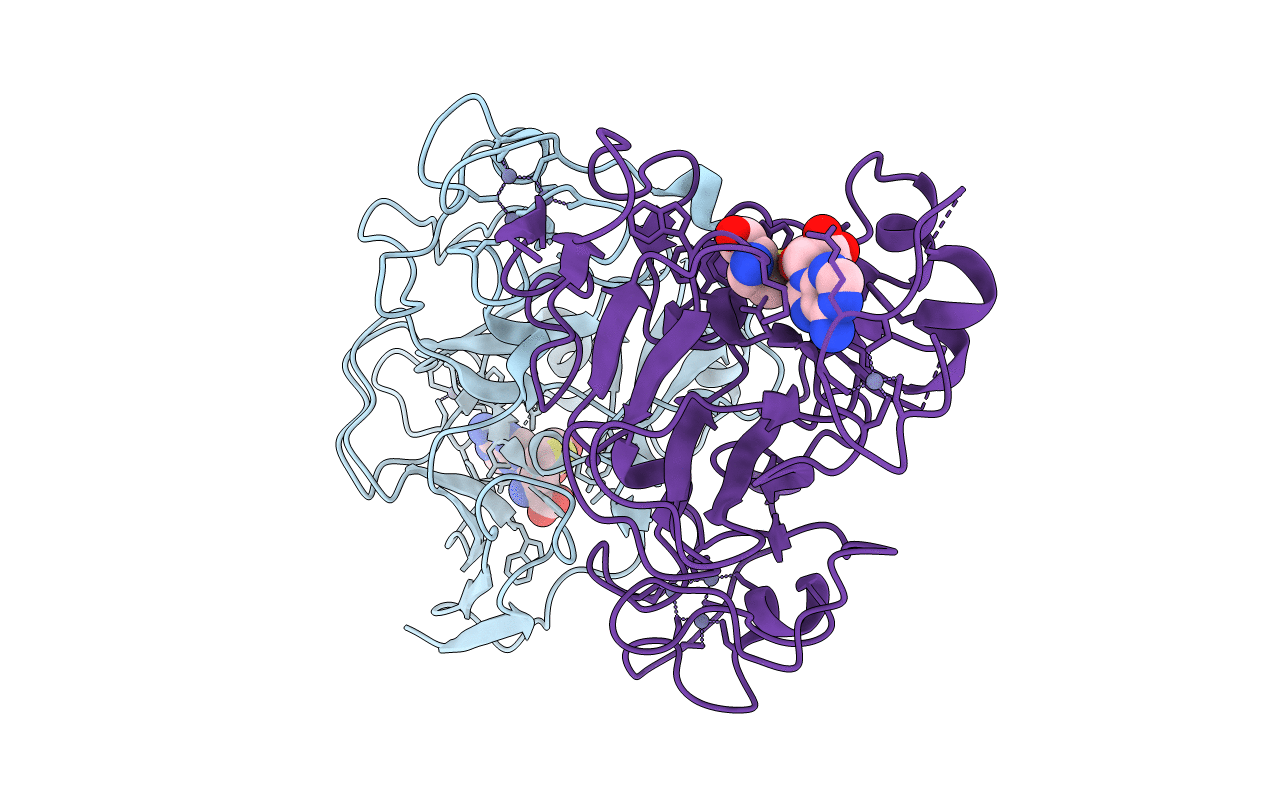
Deposition Date
2006-09-23
Release Date
2006-10-24
Last Version Date
2023-08-30
Method Details:
Experimental Method:
Resolution:
2.00 Å
R-Value Free:
0.23
R-Value Work:
0.18
R-Value Observed:
0.19
Space Group:
P 21 21 21


